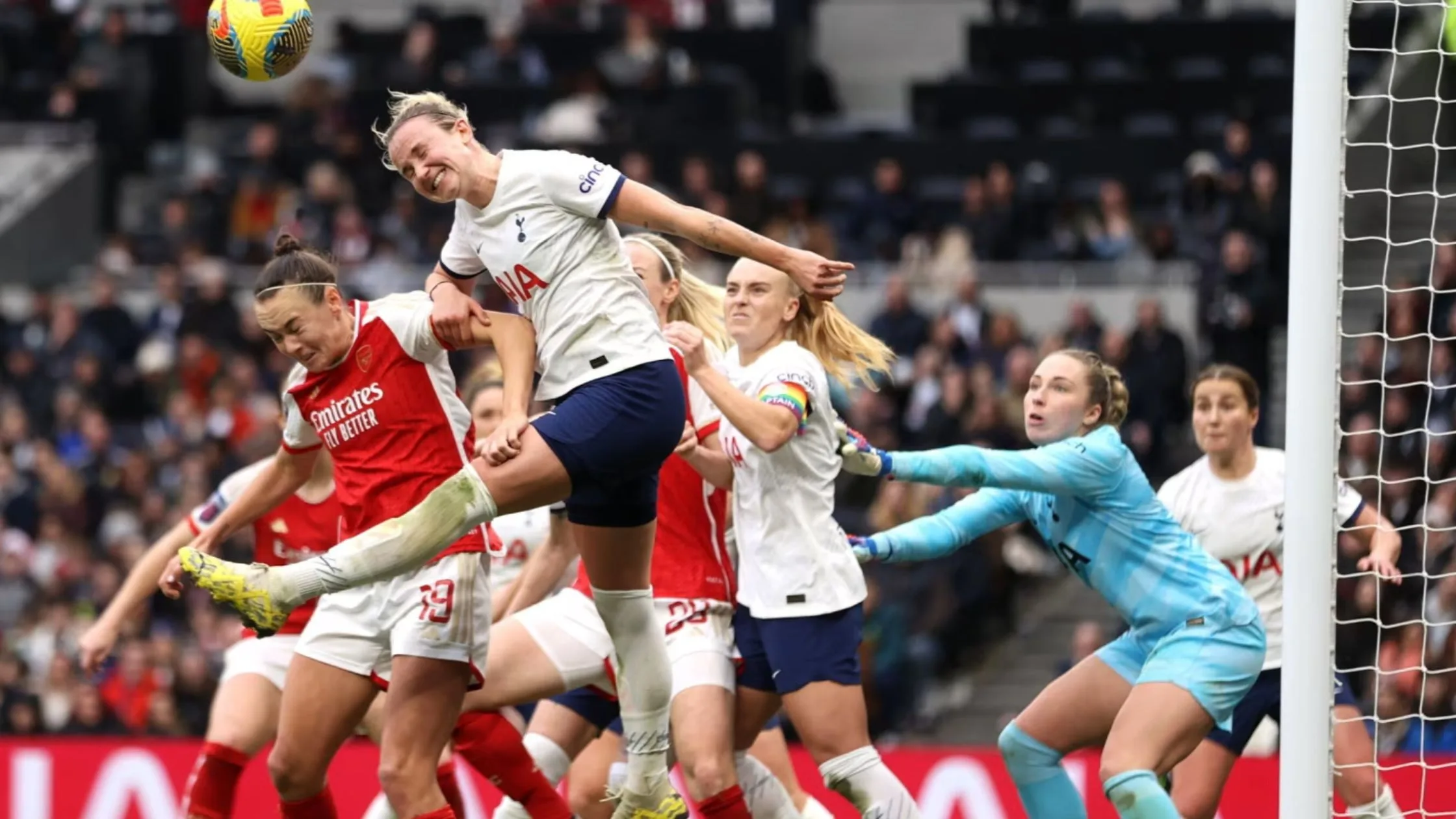- FA has unveiled its strategy to further develop girls and women’s football in England
- The four year strategy includes further developing women’s football at grassroots
- There are also plans of league expansions
FA unveils ambitious strategy for women’s football through 2028! But can they turn it into Premier League 2.0?
The FA has released a four-year strategy for women’s football in England.
The four key areas:
- Build and protect the uniqueness of the women’s game
- Win a major tournament at the international level
- Build robust, high-quality competition
- Deliver equal opportunities for women and girls to play.
There will also be a look into female health and well-being, safeguarding, refereeing, coaching, and diversity and inclusion.
Over the four years, they are reaching for a 90% target of schools delivering equal access for girls to play football in key stages two and three.
They’ll push for investment in the game following the WSL and Women’s Championship breaking away from the FA and being taken over by the independent company WPLL.
There has been consideration for the expansion of the league, although the WSL was not individually specified.
They also want to increase prize money in the Women’s FA Cup.
What does the FA director of women’s football say?
The FA’s director of women’s football, Baroness Sue Campbel,l said: “In order to grow, we must continue to honour our history and recognise those who have contributed towards making it so unique.
“We want to bring all of our distinct qualities to everyone in the game, ensuring it is appreciated and valued in its own right; building and protecting what makes us special.
“No girl or woman should be constrained by historical prejudices and we want to encourage everyone to follow their dreams, whatever they may be.”
What next?
To truly grow the unique women’s football fan base in England, it’s essential to engage with the core supporters of each club. After all, football has deep roots in working-class culture, and England is home to some of the oldest clubs in the world. Just as men’s football has a rich heritage here, the women’s game also has its origins in England.
Perhaps tapping into the individual club history – and really promoting its roots – will help the fan bases grow and deepen, something that may be needed to ensure the long-lasting support, as recent data shows women’s football fans are more likely to be floating fans with no affiliation – or likely to support multiple clubs.
